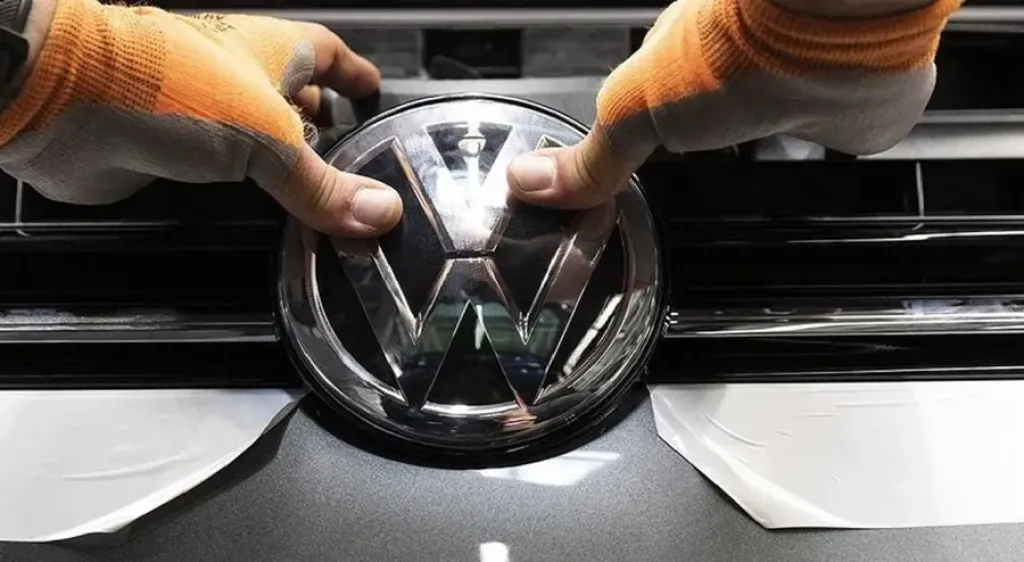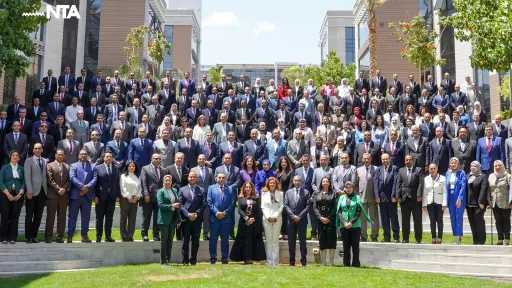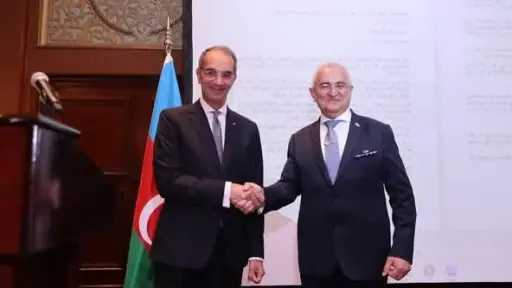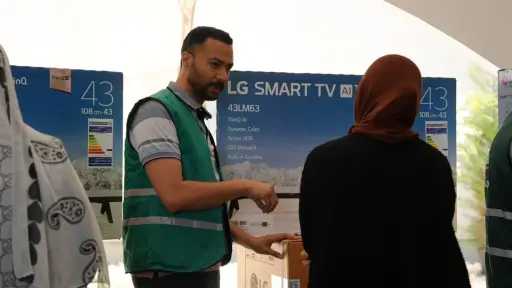VW looks at making cars in Egypt to sell across Africa

: Volkswagen AG is exploring plans to produce cars in Egypt as part of a broader strategy to expand across African markets while scaling back operations in Europe, Bloomberg reported, citing Martina Biene, Managing Director at Volkswagen Group Africa.
“We are very interested in Egypt as a production hub and hopefully, we can announce a business case anytime soon,” Martina Biene said.
The German automaker is considering starting with an assembly unit using existing facilities in Egypt, with the possibility of building a dedicated factory at a later stage.
The move comes as Volkswagen cuts production capacity and jobs in Germany in response to rising costs, subdued demand, and intensifying competition from lower-cost Chinese brands.
Sister companies Audi and Porsche are also reducing their workforce to curb expenses.
Egypt is positioning itself as a manufacturing and export base after enduring a prolonged economic crisis. The government sees the auto sector as a key growth driver, estimating local demand at over $8 billion annually over the next decade.
Biene highlighted Egypt’s appeal not only due to its large domestic market but also its strategic location for access to consumers in the wider Middle East and Africa.
This contrasts with Morocco, Africa’s current automotive leader, which is heavily geared toward exporting to Europe.
“In Morocco, the car business is very much focused on exporting to Europe,” Biene noted. “We are currently not looking for expanding our footprint with plants to export to Europe, because we’ve just closed plants in Europe.”
Volkswagen plans to reduce its German production by more than 700,000 units and cut 35,000 jobs by 2030.
The company has long faced challenges in cost-sensitive regions such as Africa, India, and Southeast Asia, where it competes with leaner rivals like Toyota and Hyundai.
VW currently operates a full manufacturing facility in South Africa and assembly plants in Ghana, Rwanda, and Kenya.
It aims to establish up to five production sites across Africa over the next 10 to 15 years, each tailored to different models and export markets within the continent.













